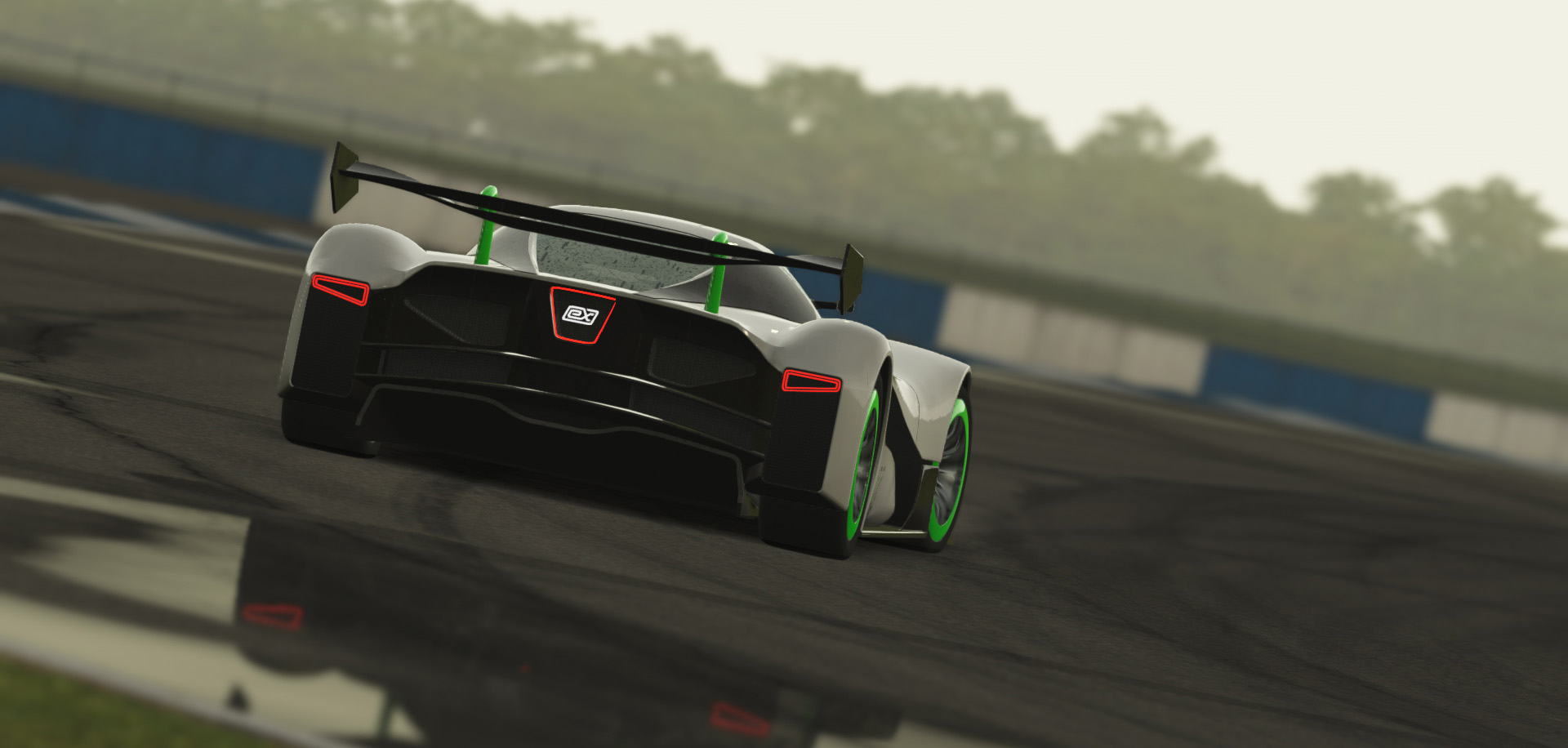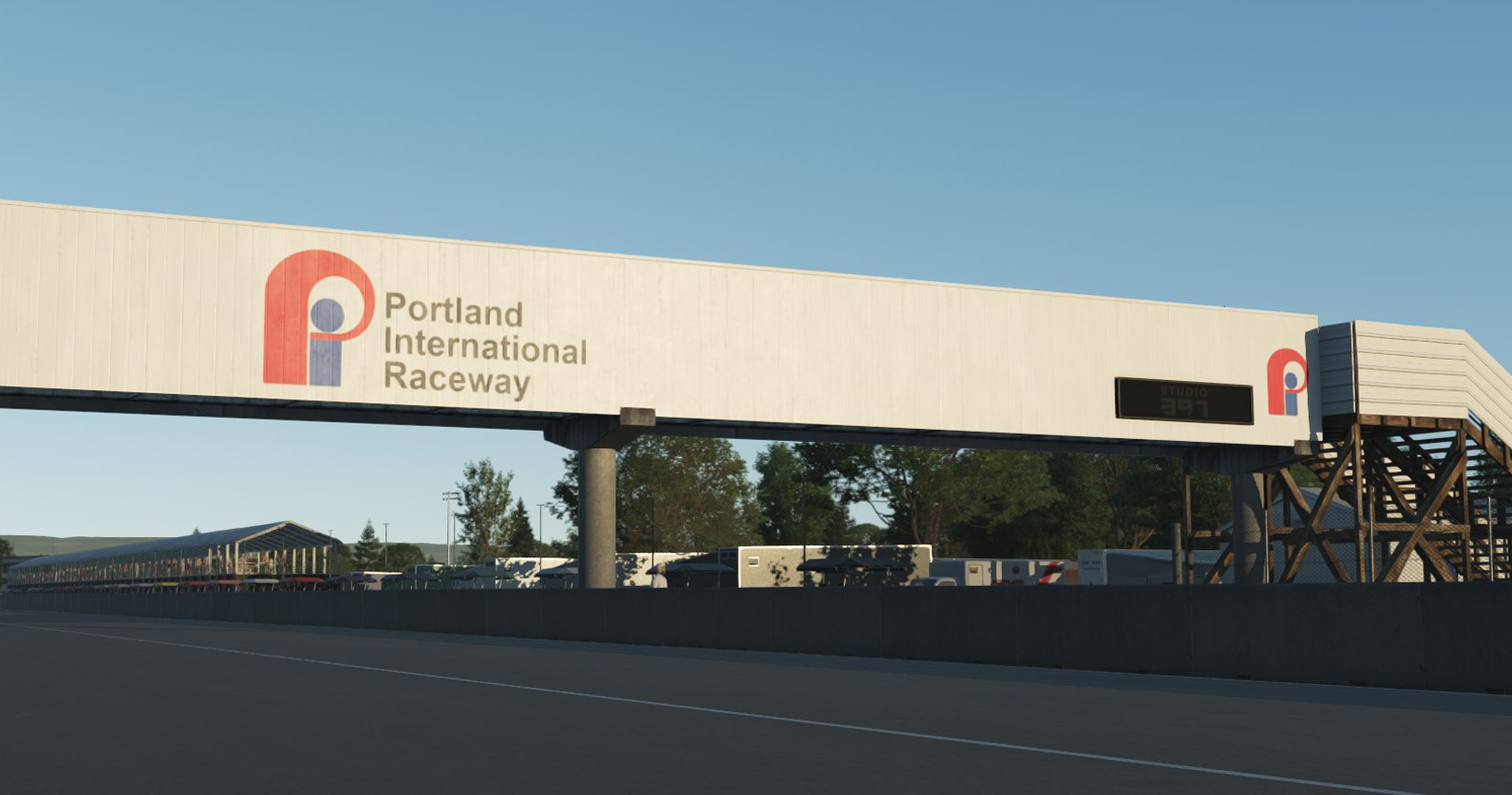
Rfactor 2 tire model driver#
The only point of contact of the tire is approaching the curb but still remains on the completely horizontal surface of the asphalt. Even if graphically the tire begins to be “on the curb”, the actual point still remains on the asphalt. This also deceives the driver’s mind, because in real life, however, if the edge of the tire touches the surface of the curb, the driver will feel the tire touch the curb and take the appropriate action or at least know that it is gradually going over the curb. Let’s first see how the single-point tire model interacts with a high but smooth curb, like the many curbs on the Spa Francorchamps circuit. As you can see in the screenshot a curb like this, although it has a smooth surface, has a fairly steep angle, often greater than 30°. Aristotelis Vasilakos, from the Kunos Simulations team, clarifies that: “If this means that our tire model will suffer, then so be it, we will have to work hard to make it better and for sure we will not make the curb easier just to get around the problem. So let’s analyze what exactly happened with our tire model in such conditions”.

The old model of tire (with a single point of contact) started to present problems and a decidedly anomalous behavior under certain conditions of transit on the curbs. The use of laser scanning circuits does not give doubts about the peculiar characteristics of the various circuits. If a curb is high, has dangerous steps or any other strange feature, the laser scan will highlight it with pinpoint accuracy. On the other hand, the motto of Kunos Simulations is not to take shortcuts in the things you are sure of. If a curb is made in a specific way, this is how that curb will be implemented in the simulation. The system worked perfectly in Assetto Corsa, but the most advanced physics engine of Assetto Corsa Competizione put it in crisis, starting to exhibit unacceptable behavior in various conditions.

The list is very long, very complex and often with completely original and innovative solutions, derived from the meticulous study and hard work of Stefano Casillo (Lead Programmer and founder of Kunos Simulations) that you will not find in any scientific article, as totally unpublished.

The ACC tire model is one of the most advanced in the simracing landscape, fully dynamic and with a wide range of causes that affect the grip and response of the tires. In Assetto Corsa Competizione, various levels of overheating are calculated for each tire depending on the track conditions and the driving style of the player (or the AI), the wear of the tire, its stiffness and the way it vibrates, the dynamic rolling resistance in different situations, the amount of water it can drain in wet track conditions, and other parameters.

If you think about the simulation of the contact between tire and asphalt, you will understand how in a game like Assetto Corsa Competizione, in which the tracks are faithfully reconstructed with LaserScan technologies, the complexity of the calculations is very important because the cars interact with a 3D mesh invisible physics that consists of millions of polygons built on the basis of laser scanning of the circuit. Furthermore, Assetto Corsa and Assetto Corsa Competizione do not distinguish between the physics of the cars driven by the players and the physics of the cars entrusted to artificial intelligence, which dramatically increases the volume of the necessary calculations.


 0 kommentar(er)
0 kommentar(er)
